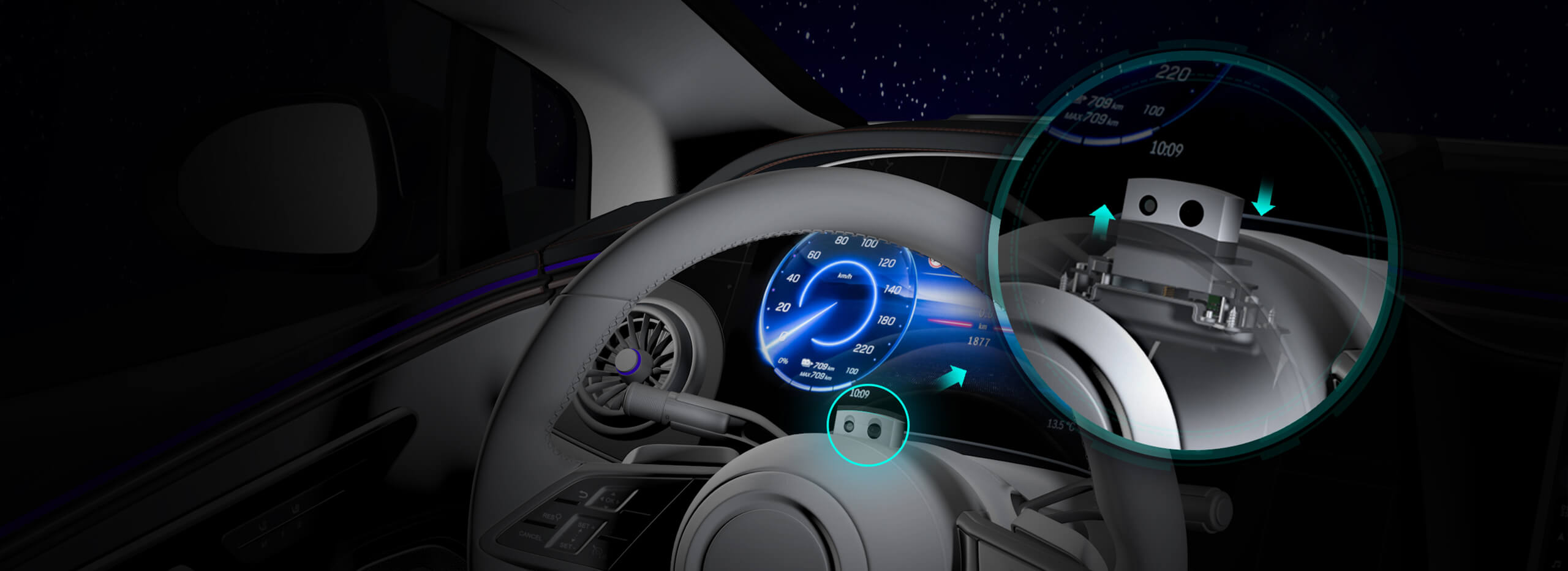In today’s hyper-connected world, the ability to access and control your personal or work PC from anywhere has transcended being a convenience—it’s now a necessity. Whether it's for remote work, troubleshooting, or accessing important files on the go, mastering the art of remote control on a Windows 11 machine opens up a world of flexibility and efficiency. But with multiple options available, how do you choose the best approach to remotely control your device? What tools offer the right balance between ease of use, security, and performance?

Embracing Windows 11’s Built-in Remote Features
Windows 11, Microsoft's latest OS, elevates remote connectivity with enhanced native features that make remote control straightforward. The most prominent of these is the Remote Desktop (RDP), which has been a staple since older versions of Windows. The beauty of Remote Desktop is its deep integration with Windows, ensuring a reliable and secure connection—provided both the host and client machines are configured correctly.
To set up Remote Desktop on Windows 11:
Enable Remote Desktop: Navigate to Settings > System > Remote Desktop, and toggle it on. You'll need administrator privileges for this. Allow Remote Connections: Make sure your firewall permits Remote Desktop connections. Windows usually handles this automatically, but it’s worth checking. Find Your PC’s Name or IP Address: You’ll need this to connect remotely. To find it, go to Settings > Network & Internet > Status > View your network properties. Connect from Another Device: Use the Remote Desktop app (available on Windows, macOS, Android, iOS) to input your PC’s name or IP. Log in with your Windows credentials, and voilà—you’re in.
While RDP is powerful and secure, it can be tricky to set up over the internet unless you configure port forwarding or use VPNs, which slightly complicate things. Still, for local network connections or secured VPNs, Remote Desktop remains a top choice.
Third-Party Remote Control Applications: Expanding Possibilities
Beyond Windows’ built-in options, several third-party tools elevate remote control experiences with added features, user-friendliness, and cross-platform support. Here are some standout options:
TeamViewer: Known for its simplicity and speed, TeamViewer offers quick setup, high-quality remote sessions, and robust security. Its features include file transfer, session recording, and chat, making it ideal for both personal and business use. The free version is suitable for personal use, but business users might opt for paid plans.
AnyDesk: A lightweight, fast alternative with excellent performance even over low bandwidth connections. Its intuitive interface resembles a chat app, reducing the learning curve. It provides secure connections, alongside features like remote printing and sessions with multiple monitors.
Chrome Remote Desktop: If you prefer a browser-based solution, Chrome Remote Desktop is an excellent choice. It’s free, simple, and requires only a Google account. It works seamlessly across different platforms and is ideal for casual or infrequent remote access needs.
VNC (Virtual Network Computing): For advanced users comfortable with network configurations, VNC solutions like RealVNC or UltraVNC are flexible options. They require more setup but offer customizable security and access configurations.
Choosing the Right Tool
The choice of remote control software boils down to your specific needs:
Ease of Use: For quick, straightforward access, Chrome Remote Desktop or TeamViewer excel. Performance & Security: AnyDesk is lauded for its speed and security features. Advanced Network Setup: VNC solutions might be the best, especially if you need granular control over your remote connection.
Setting Up Remote Control for Windows 11 – A Deeper Dive
Configuring remote access is only part of the equation. Ensuring security and reliability involves some extra steps:
Use Strong Authentication: Always set complex passwords for your accounts, and consider two-factor authentication where possible. Enable Network Level Authentication (NLA): This adds an extra layer of security to RDP connections. Update Your System Regularly: Keep Windows 11 updated with the latest patches to safeguard against vulnerabilities. Secure Your Network: If accessing over the internet, use VPNs or establish secure tunnels to prevent unauthorized access.
The Future of Remote Connectivity on Windows 11
As technology evolves, remote control solutions continue to improve:
Integration with Cloud Services: Windows 11’s tight integration with Microsoft 365 and OneDrive allows seamless file sharing during remote sessions. AI-Powered Support: Remote tools are integrating AI to troubleshoot problems automatically or optimize connection stability. Enhanced Security Protocols: Future updates promise even more robust encryption methods and threat detection.
Getting comfortable with remote control on Windows 11 transforms how you interact with your digital workspace. Whether for work, troubleshooting, or personal projects, the right setup enhances your productivity and ensures you stay connected no matter where you are.
Leveraging innovations in modular drive technology, Kpower integrates high-performance motors, precision reducers, and multi-protocol control systems to provide efficient and customized smart drive system solutions.




































